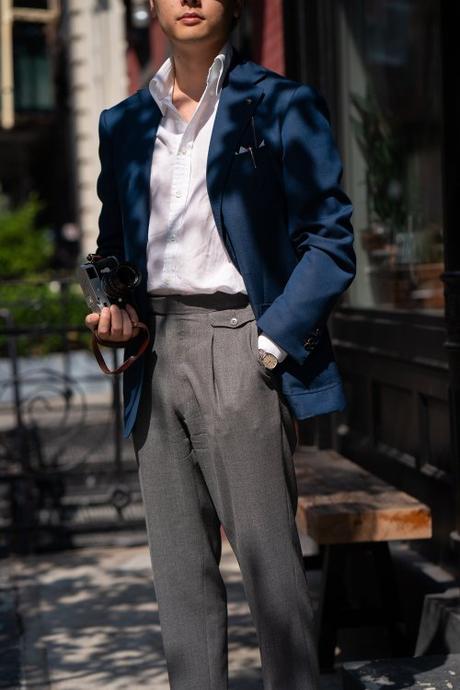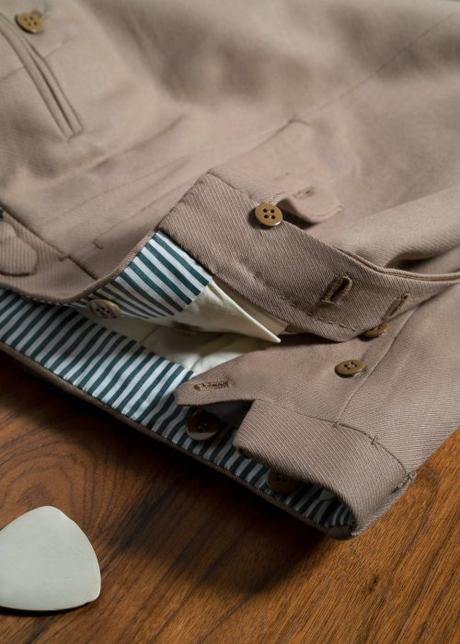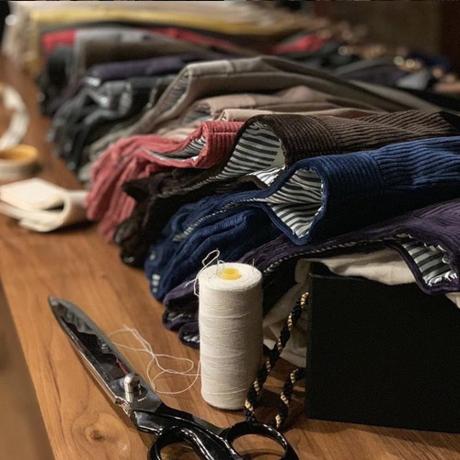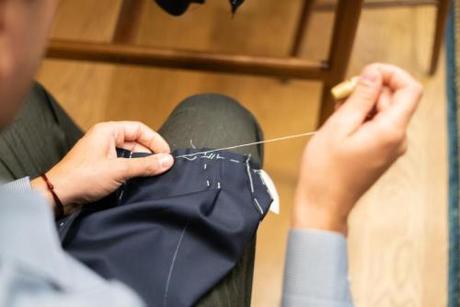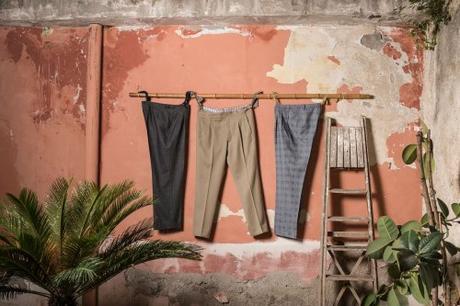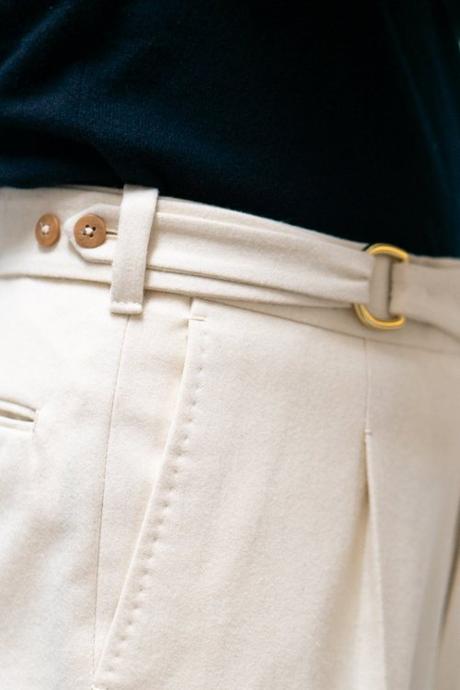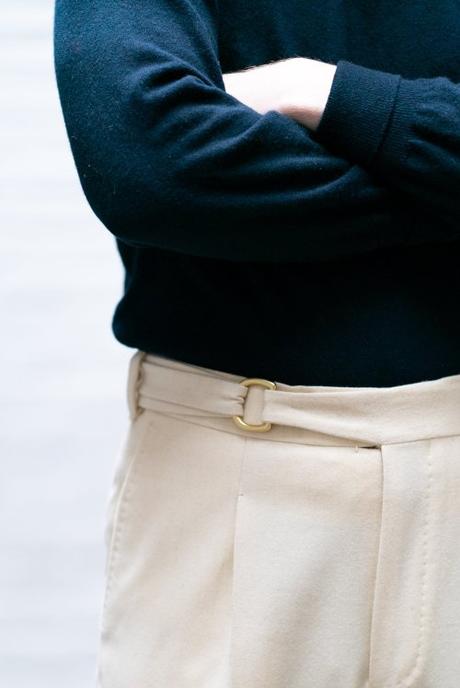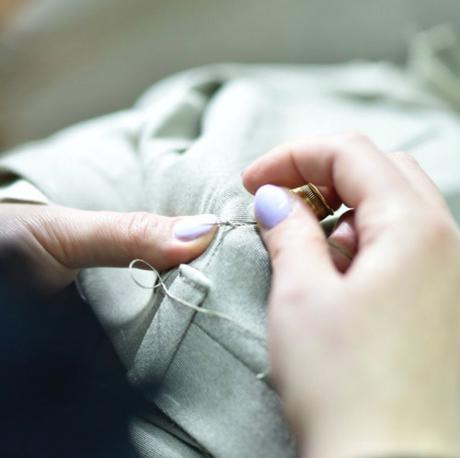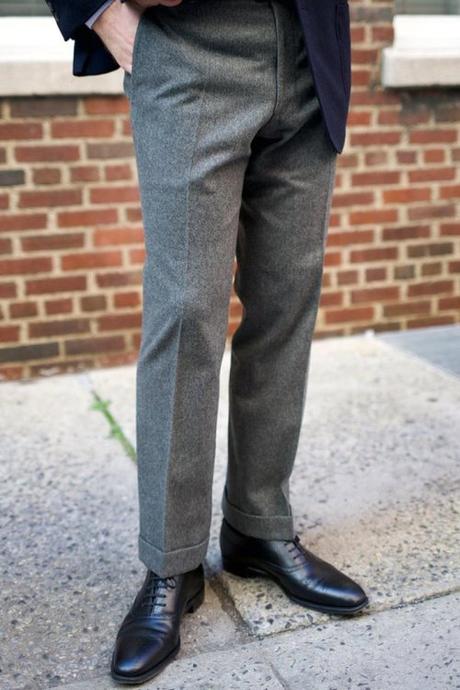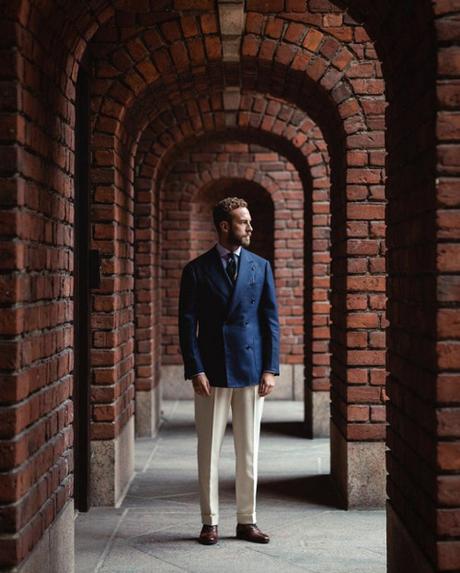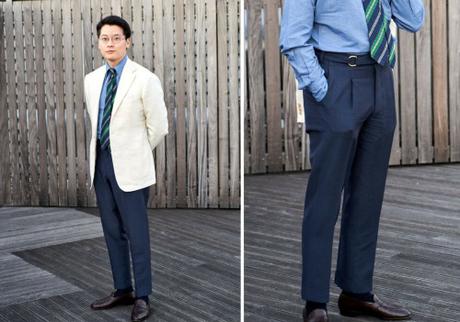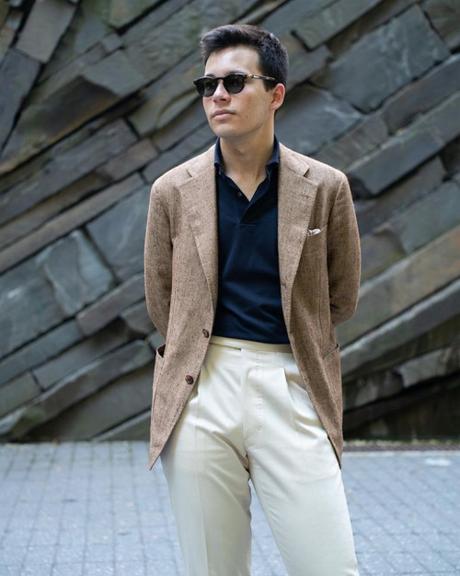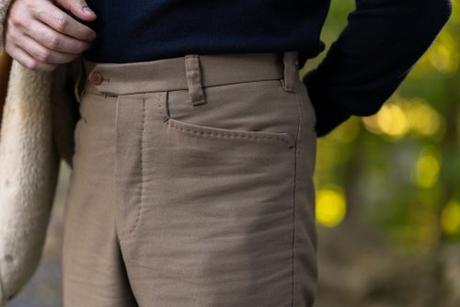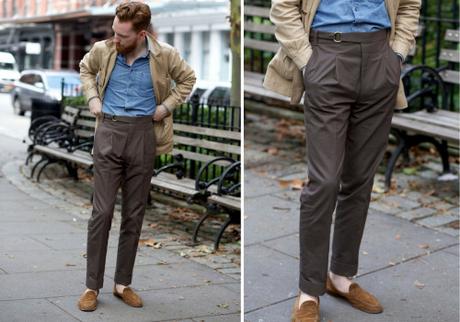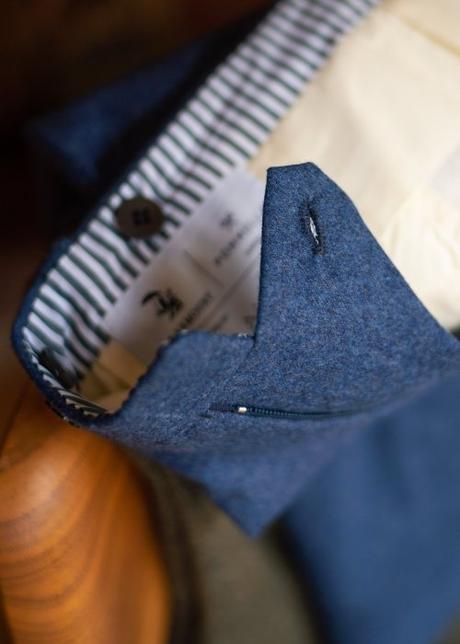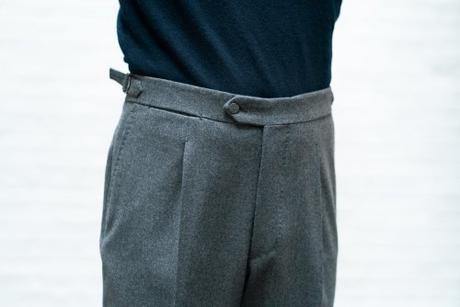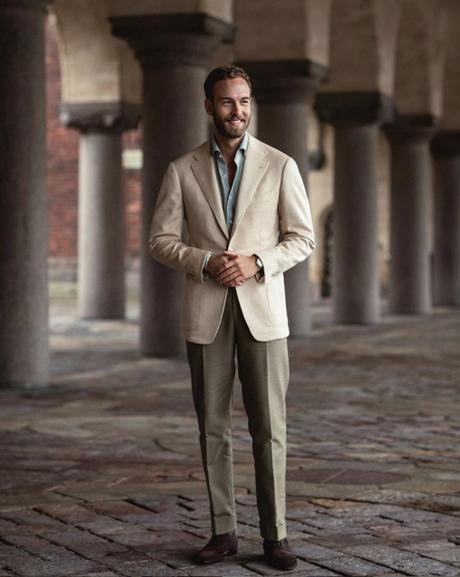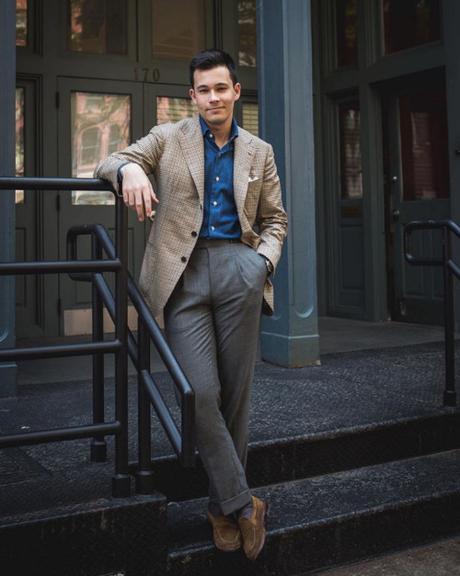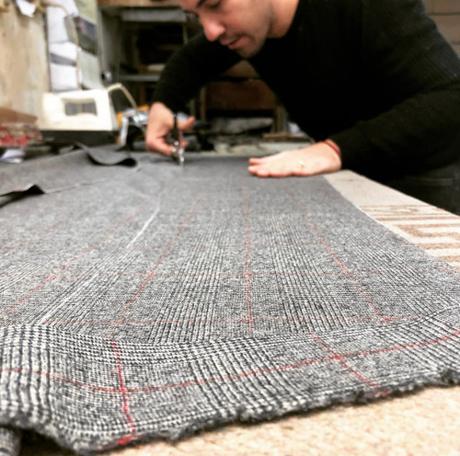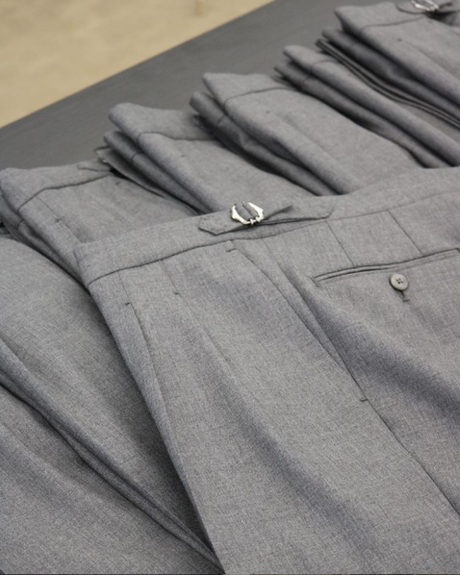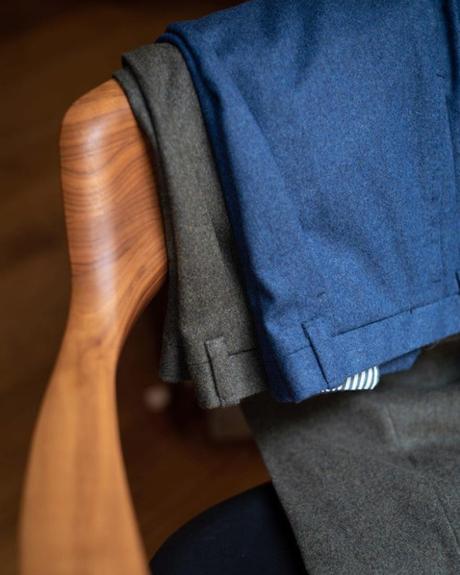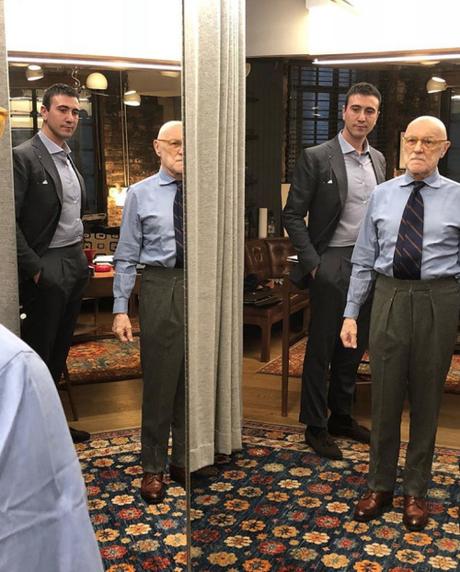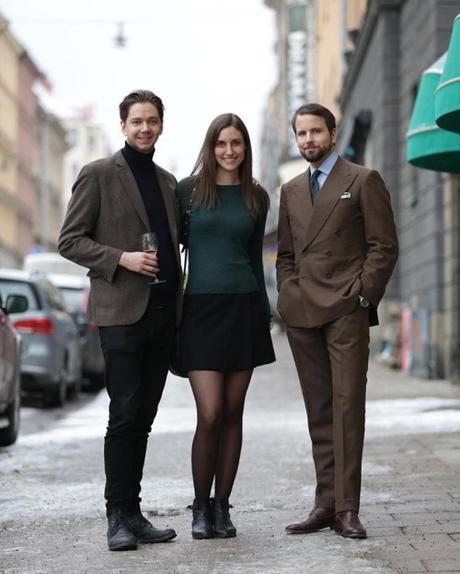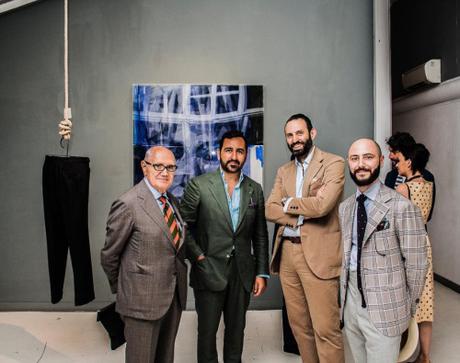
In the world of classic men’s style, Naples holds a prominence that is only rivaled by London. The city is beautiful, energetic, and creative, always bustling with an upbeat tempo. Mark Twain once wrote of it: “The streets are generally about wide enough for one wagon, and how they do swarm with people! It is Broadway repeated in every street, in every court, in every alley! Such masses, such throngs, such multitudes of hurrying, bustling, struggling humanity! We never saw the like of it, hardly even in New York. There are seldom any sidewalks, and when there are, they are not often wide enough to pass a man on without caroming on him. So everybody walks in the street – and where the street is wide enough, carriages are forever dashing along.”
It’s among this energetic buzz that some of the world’s most celebrated tailoring traditions live, but you have to be in the region to appreciate them. Most Neapolitan tailoring houses don’t travel. In fact, that’s one of the biggest differences between English and Neapolitan firms. London-based companies have a higher level of business development – they have storied names and bigger marketing budgets. Some of their revenue may not even come from bespoke tailoring, but rather ready-to-wear. When they tour the US, some will take in hundreds of orders.
Neapolitan firms, on other hand, are usually small, family-owned and -operated operations. There’s typically just one cutter, often an older man in his 60s, who is then supported by a complex network of outhouse workers (tailors, in other words). Most of these firms remain only known to hardcore tailoring enthusiasts – men who like to post online and share stories about bespoke craft. As a result, they take an infinitesimally smaller number of orders when they travel, assuming they travel at all. And if one or two clients drop from a city, traveling suddenly becomes a financial liability. Combine this difference in business organization with price – Savile Row suits typically cost double their Neapolitan counterparts – and, I think, you have your explanation for why some Neapolitan firms have such a bad reputation for service.
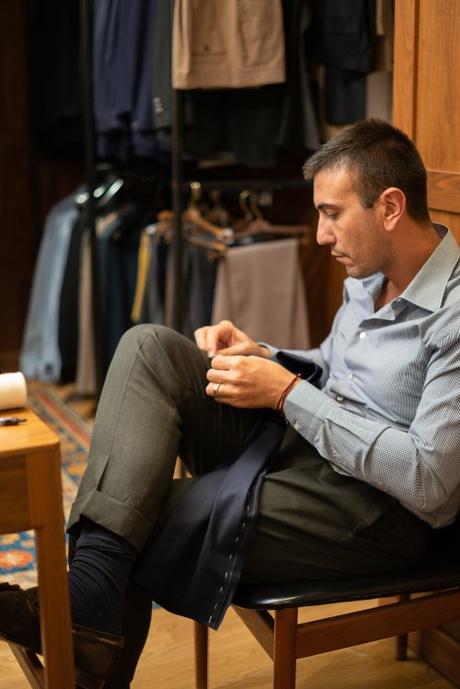
Still, Neapolitan tailoring has held a certain romance since at least the end of the Borbonic era, when names such as Giacchino Trifari, Raffaele Sardanelli, and Filippo De Nicola became popular. Later, Vincenzo Attolini, head cutter at The London House (now known as Rubinacci) invented what we think of today as real Neapolitan style: a soft, slightly drape-y cut with gently extended shoulders and an extended front dart. He borrowed his technique from Domenico Caraceni, a Roman tailor who was making suits with softer lines, and turned it into a Neapolitan signature.
Less appreciated are Neapolitan trousers, but for no other reason than the fact that a tailored jacket typically takes center stage. Yet, I find Neapolitan pants are a great way to modernize a traditional silhouette. It’s easy to make trousers hang correctly if you make them full enough, but then of course you get a shapeless rag. Slim and shapely trousers, on the other hand, can start to cling. The key is being able to do both: cut something with enough shape for it to be flattering, but also give that long, sleek line without rippling. When done well, a good pair of Neapolitan trousers will have the verve of Italian style, but the precision of English craft.
Getting them, on the other hand, is another matter. As mentioned, Neapolitan firms mostly don’t travel, and those that do aren’t always known for their reliable service. Gianluca Migliarotti, who recently co-founded Pommella Napoli with Lino Pommella, said he’s found this to be the biggest problem when visiting new cities. “It feels like we have to prove ourselves more because of the reputation of others,” he said to me a couple of months ago, while we were having ramen in San Francisco. “A customer will come in with a friend, but the friend won’t want to order until he sees how this first pair turns out. People love Neapolitan style, but they’re wary of the service.”
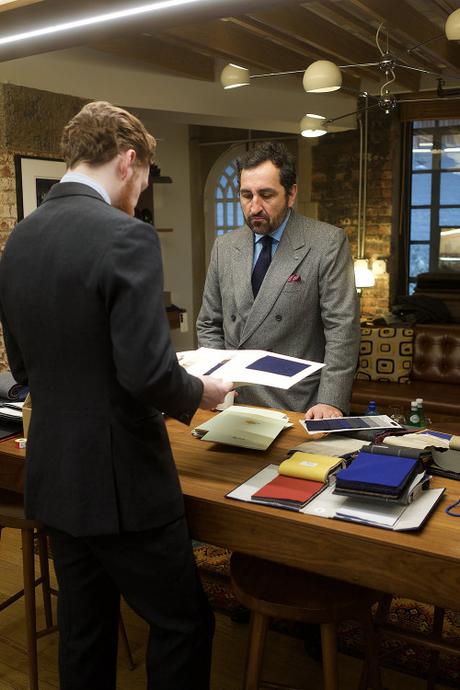
Pommella Napoli is somewhat unique in that it’s run by two people: Gianluca, who works as the business manager, and then Lino Pommella, the company’s namesake and cutter. Most Neapolitan tailoring firms don’t have a business manager. The cutter is often the same person running the business, and so, sometimes one of those things falls by the wayside – prompt replies to emails, customer service, and the sort of management required to make a traveling tailoring operation profitable.
I commissioned a pair of Pommella trousers last year from a Holland & Sherry Dakota cloth (again, a wonderful book for trousers – I choose a heavy covert). They arrived last week and I’m really impressed with the work. The trousers fit slim without being thigh-hugging; they’re traditional without looking fusty. Mine have deeper pleats than my other Italian-made trousers, but they somehow manage to still look modern.
“I think our house style is classic Neapolitan, but with a kick,” says Gianluca. “For us, there are two important things. The first is that clothes have to be practical. The wearer has to be able to able to move around comfortably, which means trousers can’t be too tight. Secondly, they have to be stylish. We’re not looking to do ultra-retro styles or things with strange details. Our trousers are the kind of things that you can wear with a classic sport coat, but also be dressed down with simple sneakers.”
The quality of make is also excellent, although not unusual when compared to other top-end firms. The long seams are machine sewn, as you’d find on any pair of bespoke trousers, but there’s a high level of handwork. The bar tacks, buttonholes, and buttons are all sewn by hand. The waistband is attached by hand in order to give it a cleaner look (on ready-made trousers, you’ll often find a machine-sewn topstitch here). At the customer’s request, you can also get pick stitching, although the firm generally eschews ornate details. When I asked for trouser cuff buttons, so I can open up my cuffs and brush out debris, I got a bit of friendly pushback. One of the values here is that you can rely on Gianluca for styling advice (although, I still got the trouser cuff buttons).
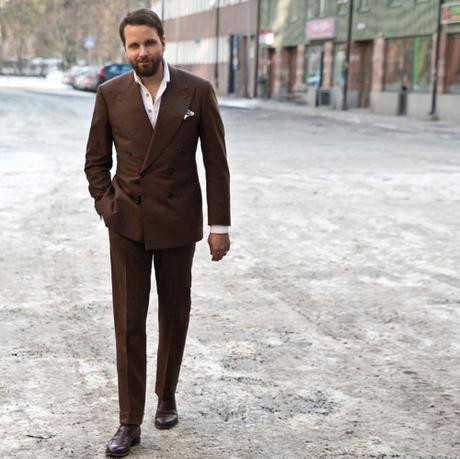
Mostly, however, you’re paying for the cut. Pommella’s trousers are slim while still being reasonably classic, with a slightly higher rise than what you’ll find in most ready-to-wear. The pleats are done in a way that lend the trousers some verve. They also fit excellently, with a clean line going straight from the waistband down to the hem. Before co-founding this company, Lino was the head trouser cutter at Rubinacci for ten years. He started tailoring when he was just 13 years old and was trained by his father, who also works as a trouser cutter. And by keeping all the production in-house, with women in Lino’s family doing the sewing, Pommella is better able to keep an eye on quality.
"It’s very hard to grow this sort of business,” says Gianluca. “I’ve come to appreciate why bespoke trousers cost what they do. In order to keep up the level of quality and service, as well as pay for all the travel costs, you need to charge a certain price. Otherwise, the quality drops when margins are too thin, or the service isn’t as good. One of the secrets of tailoring is also using cheaper cloth. Some tailors will only offer fabrics from one mill because it lowers their cost from a distributor. I want to give our customers all the options, including things from micro-mills, even if it costs us a bit more money.”
For most people, the biggest obstacle will be the price. Bespoke trousers here start at $1,250, which will make anyone’s head spin. That said, they’re cheaper than Savile Row trousers (Huntsman quoted me something like $2,000 when I inquired two years ago), and I think they look better. Pommella has a more affordable ready-to-wear line, however, which is available through The Armoury and their website. They’re also working on an even more affordable subline called PML, which will feature less handwork. That’s scheduled to debut sometime next year.
If you can afford the bespoke line, however, I recommend them. Pommella offers solid-quality, Italian-styled trousers with reliable service. When you’re paying this kind of money for clothes, you’d expect things to go without a hitch, but that’s not always the case. At the moment, the company visits New York City, Chicago, San Francisco, South Korea, and Japan a few times a year. You can keep up with their trunk show schedule through their website.
(photos via The Armoury, Erik Mannby, Max Papier, Andreas Weinas, and Pommella)
